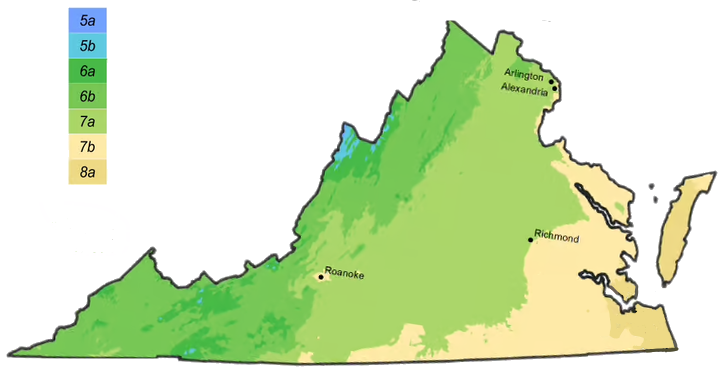
Found in coastal dunes, dune slacks, maritime wet grasslands, tidal marshes. This plant is highly salt tolerant and deer resistant. The plant produces basal leaves topped by 2 to 8 foot stalks. Arching branches bear one-sided clusters of large, bright yellow flower heads. Pinch the growing tips in June for a more compact plant. This goldenrod does not spread by rhizomes or become invasive. Goldenrods have been wrongfully accused of causing hay fever which is actually an allergic reaction to wind-borne pollen from ragweed.
Wildlife Value: This plant supports Wavy-lined Emerald larvae. Seaside Goldenrod attracts bees and butterflies. Members of the genus Solidago support specialized bees. Plant NOVA Natives lists this species as particularly popular with the non-native honeybees